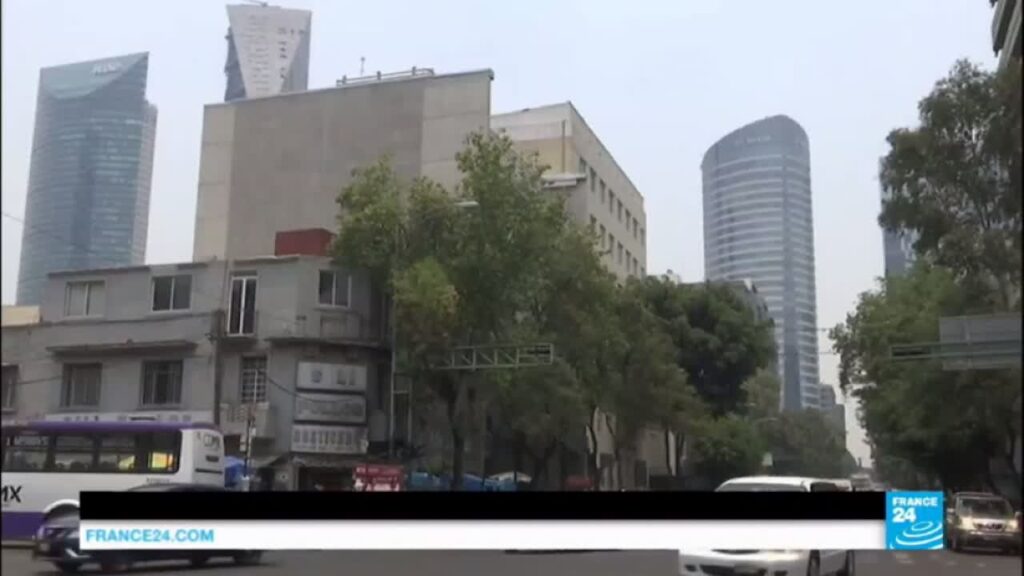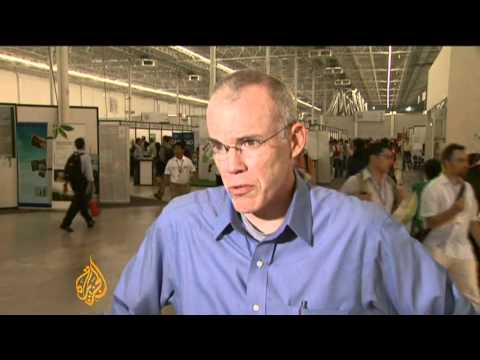Exploring the Air Quality: Is There Smog in Mexico City?
Mexico City, often celebrated for its rich cultural tapestry and vibrant street life, faces one particular environmental challenge – air pollution, commonly visible as smog. The city’s unique geography, nestled in a valley surrounded by mountains, coupled with its high population density, results in the trapping of pollutants, making smog a defining character of its skyline at certain times of the year. However, it’s not a constant presence and varies depending on weather conditions and the efforts of city-wide initiatives aimed at reducing pollution.
Over the past few decades, the local government and environmental organizations have launched several initiatives to tackle this issue head-on. Programs such as “Hoy No Circula,” which restricts vehicle use based on license plate numbers, and the significant investment in expanding public transportation options, including bike-sharing schemes, have been pivotal in improving air quality. Moreover, the reintroduction of stricter emissions testing for vehicles and the gradual replacement of older buses and taxis with newer, cleaner models demonstrate a committed approach to clear the air.
Despite these efforts, there are days when the air quality index in Mexico City warns of poor air conditions, advising residents and visitors alike to limit outdoor activities. Particularly in the dry season, from November to February, the city experiences its highest levels of pollution. On these days, the iconic landscapes of the city are shrouded in a visible haze, prompting alerts through various communication channels to keep the public informed and safe.
For travelers with respiratory issues or those particularly sensitive to air quality, it’s recommended to check daily air quality reports and plan activities accordingly. On days with high pollution levels, exploring indoor attractions, such as museums, galleries, and historical buildings, can be a wise choice. Understanding the dynamics of Mexico City’s air quality can significantly enhance the experience, allowing for a more enjoyable and healthy adventure in this fascinating metropolis.
Understanding the Factors Behind Mexico City’s Smog
Mexico City, known for its rich history and vibrant culture, faces a serious environmental concern: the prevalence of smog. This persistent issue significantly impacts the quality of air, affecting both the health of its citizens and the experience of travelers seeking adventure within this bustling metropolis. The reasons behind the smog are multifaceted, involving a combination of geographical, meteorological, and human factors.
Firstly, Mexico City’s geographical location plays a pivotal role in the smog situation. The city is situated in a valley, surrounded by mountains that trap air pollutants, preventing them from dispersing. This natural basin effect, coupled with the high altitude of over 2,200 meters above sea level, complicates the scenario as it leads to a thinner atmosphere, making combustion from vehicles and industrial activities less efficient and more polluting.
Meteorological conditions further exacerbate air pollution levels. During the dry season, which spans from November to May, the city experiences minimal rainfall, leading to the accumulation of pollutants in the air. Additionally, temperature inversions, a phenomenon where a layer of warm air traps pollutants near the ground instead of allowing them to rise and disperse, frequently occur, especially during the colder months. These inversions prevent the smog from clearing, resulting in higher concentrations of pollutants in the city’s atmosphere.
Human activities contribute significantly to the smog issue in Mexico City. The rapid urbanization and population growth have led to an increase in vehicles on the road, contributing to the emission of pollutants such as nitrogen oxides and volatile organic compounds, which are primary components of smog. Furthermore, industrial emissions and the burning of fossil fuels within the city and its surroundings add to the air quality challenges. Despite efforts to address these issues through public transportation improvements and regulations on vehicle emissions, Mexico City’s smog remains a complex problem, influenced by its unique geographical and meteorological conditions.
Adventuring Safely: Tips for Navigating Mexico City’s Air Quality
Mexico City, a bustling metropolis famed for its cultural richness and vibrant city life, also presents a unique challenge to adventurers and travelers: air quality. The city’s location in a valley surrounded by mountains often results in pollution being trapped over the city, especially during the dry season. For those eager to explore this dynamic city without compromising their health, here are essential tips for navigating Mexico City’s air quality safely.
Firstly, staying informed is crucial. Keep an eye on the city’s air quality index (AQI) through local news or reliable apps. The AQI measures pollution levels on a scale from 0 to 500, where higher numbers indicate poorer air quality. Plan your outdoor activities for times when the AQI shows lower levels of pollution, typically after a rain or in the morning. By aligning your schedule with these times, you can enjoy Mexico City’s outdoor attractions with minimal exposure to pollutants.
Wearing a mask has become a familiar prevention measure worldwide, and it’s particularly advisable in Mexico City as a barrier against pollution. Specifically, masks with PM2.5 filters can significantly reduce inhalation of fine particulate matter that predominates in the city’s air. Whether strolling through the Zocalo or visiting the ancient ruins of Teotihuacan, wearing a mask can mitigate the effects of air pollution on your respiratory health.
Additionally, focusing on indoor activities during days of high pollution can also enhance your travel experience while protecting your health. Mexico City boasts an array of indoor attractions, from world-class museums like the Museo Nacional de Antropología to cultural experiences such as traditional cooking classes. These activities offer the double advantage of immersing yourself in Mexico’s rich heritage and avoiding outdoor air pollution on days when the AQI levels are unfavorable. By keeping these tips in mind, adventurers can safely enjoy the wonders of Mexico City, making their journey both memorable and health-conscious.
Embracing the Beauty of Mexico City Beyond the Smog
Mexico City, often clouded by its reputation for smog and air pollution, holds a treasure trove of beauty waiting to be discovered by the adventurous traveler. This sprawling metropolis is rich with vibrant culture, lush parks, and a history that dates back to ancient civilizations. As you venture beyond the haze, the true essence of Mexico City begins to unravel, revealing a colorful tapestry of experiences that defy the initial impressions.
One of the city’s most astonishing features is its green spaces. The Chapultepec Forest, one of the largest city parks in the Western Hemisphere, offers a respite from the urban sprawl. Here, visitors can wander through the Castillo de Chapultepec, row peacefully on the lake, or simply enjoy the myriad of paths lined with towering trees and fragrant flowers. Such oases in the city are not only vital lungs purifying the air but also sanctuaries where one can immerse in the tranquility and natural beauty that Mexico City has preserved.
The architectural landmarks of Mexico City further speak to its profound history and cultural richness. From the ancient ruins of Templo Mayor in the heart of downtown, revealing the Aztec past, to the modernist marvels like Luis Barragán’s Casa Estudio, the city is a living museum of architectural history. This juxtaposition of the old and new illustrates the dynamic character of Mexico City, inviting visitors to explore its neighborhoods and discover the stories etched into its buildings.
Moreover, the cultural vibrancy of Mexico City is palpable in its countless museums, galleries, and cultural festivals. The Museo Nacional de Antropología and the Frida Kahlo Museum offer insights into the country’s rich heritage and artistic traditions. Meanwhile, local markets such as La Ciudadela present a kaleidoscope of colors, textures, and flavors, showcasing the crafts and cuisines that are integral to Mexican culture. Engaging with the city’s art and history allows travelers to connect deeply with the spirit of Mexico City, seeing beyond the superficial to embrace its enduring charm and vitality.


